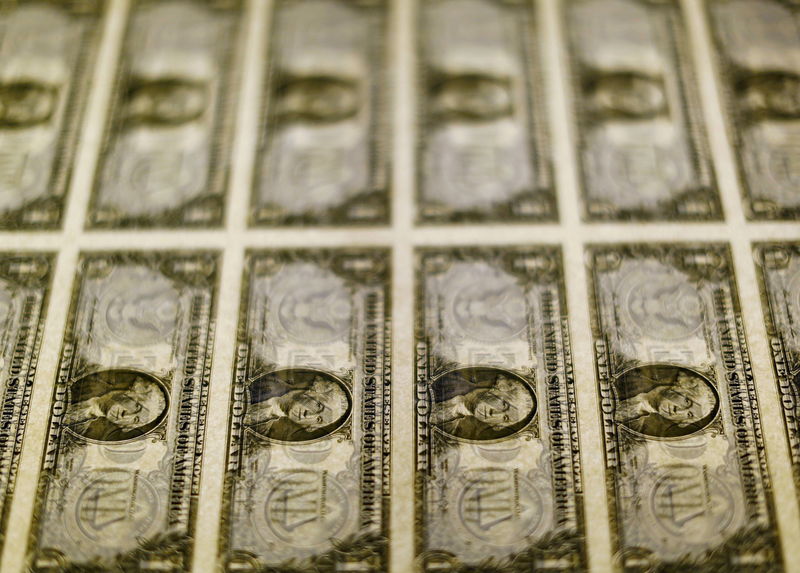
Market holidays in the U.S. and the U.K. kept trading volumes limited.
Most regional currencies were nursing some losses from last week after a string of statements from Federal Reserve officials saw traders reassess their timelines for possible interest rate cuts by the central bank later this year.
The dollar index, which measures the currency against a basket of its peers, and dollar index futures were mostly unchanged in European trade. The greenback had strengthened in recent sessions, bolstered by traders repricing their expectations for future rate cuts by the Fed.
Policymakers have raised doubts over the sustainability of a slowdown in price pressures in the U.S., boosting wagers that the Fed may ulitmately choose to leave rates at more than two-decade highs for a longer period of time, according to the CME Group’s closely-monitored Fedwatch Tool.
Traders are now focusing this week on personal consumption expenditures (PCE) price index data — the Fed’s preferred inflation gauge — which is due on Friday.
The euro did not waver far from the flatline against the dollar on Monday, edging up by around 0.1% to $1.0850 by 04:11 ET (08:11 GMT).
Inflation data from the euro zone is also scheduled to be released later this week, with economists predicting that prices rose at a slightly faster annual rate in May compared to the prior month. The figures could factor in to how the European Central Bank will approach future interest rate policy decisions this year.
Spurred on by data showing previous inflation data in the euro zone nearing the ECB’s 2% target, markets are widely betting that the central bank will slash its key deposit rate by 25 basis points at its next gathering in June. In an interview with the Financial Times on Monday, ECB Chief Economist Philip Lane said that “barring major surprises, at this point in time there is enough in what we see to remove the top level of restriction.”
Elsewhere, the British pound was unaltered compared to the dollar at $1.2740.
In Asia, the Japanese yen’s USDJPY pair dipped marginally, with traders positioning for more potential government intervention to support the currency. According to media reports, the government last intervened during a holiday on May 1. The move sparked deep losses in the USDJPY pair, although it has since recouped a bulk of these losses this month.
Inflation data from Tokyo, along with readings on industrial production and retail sales are also due later this week.
Other Asian currencies were muted. The Australian dollar’s AUDUSD pair inched up, while the Chinese yuan’s USDCNY pair rose slightly after a stronger-than-expected midpoint fix. Data on Monday showed Chinese industrial profits grew in April.
The South Korean won’s USDKRW pair fell slightly, while the Singapore dollar’s USDSGD pair moved little.
The Indian rupee’s USDINR pair was also broadly unchanged following a sharp drop from record highs over the past two weeks.
Ambar Warrick contributed to this report.
To read the full article, Click Here
